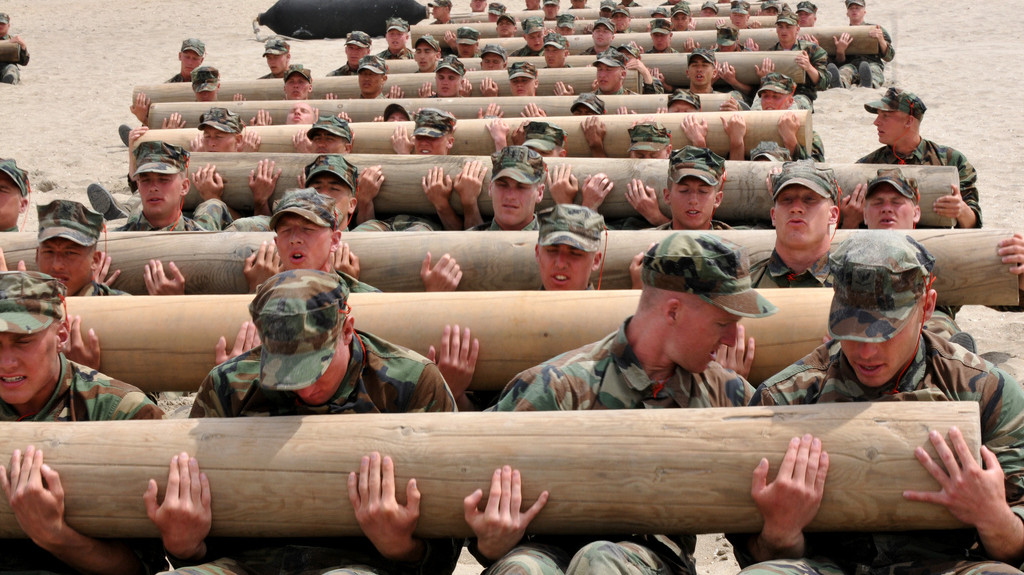Yesterday, the U.S. military made history by opening all combat jobs–yes, all of them–to female service members. This move has been debated about and hinted at months, but the graduation of three women from Ranger School truly paved the way.
While women will only be admitted to special operations forces if they meet rigid criteria and complete training, many of the men who already have made the cut oppose the policy change.
In a 300-page report compiled by the RAND Corporation and the obtained by Defense One, it was reported that 85 percent of spec ops members did not want women to join their ranks.
“There is strong, deep seated and intensely felt opposition to opening SOF(special operations forces) specialties that have been closed to women,” the report said. “Overall, 85 percent of survey participants opposed letting women into their specialty, and 71 percent opposed women in their unit.”
Defense One reported that the main reasons special operations members are so hesitant to serve with women are “eroding standards, a decline in unit cohesion, and a question about how leadership would resolve conflicts between men and women.” Basically the same things naysayers worried about while women were going through Army Ranger School, while the Marine Corps was conducting a study on gender-integrated combat units and while Defense Secretary Ashton Carter made the final decision to open combat roles to women.
Luckily, RAND assures that these issues can be addressed with the right leadership.
“Based on our analyses, the challenges facing SOCOM should it decide to integrate women into SOF units, are real and multifaceted, but none of them is insurmountable,” RAND wrote. “The key to successful integration of out-groups is the implementation process. A successful integration of women into SOF…will require transparency, effective leadership and communication, monitoring of progress, and openness to innovation, flexibility and adaptability. Even with all of the above, the process is still likely to face major challenges because of the depth and scope of opposition and concern among the force.”
(Photo Credit: U.S. Navy photo by Mass Communication Specialist 2nd Class Shauntae Hinkle-Lymas/Released)




































